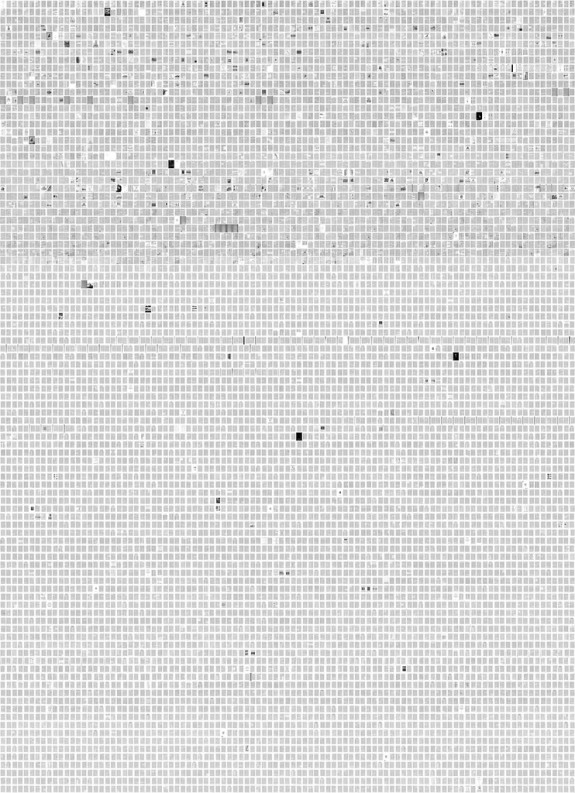William Huber, Tara Zepel, and Lev Manovich compare magazine pages of Science and Popular Science.
In the first three decades of its publication, Popular Science used very few images. In fact, if we compare Science and Popular Science in the 1880s, we discover that the latter was at first more “scientific.” While photographs and illustrations accompanied Science articles, Popular Science used only occasional graphs. Over time the two magazines reverse their visual strategies. Science banishes photographs and illustrations as they come to be considered inappropriate for proper scientific discourse. Popular Science moves in reverse direction becoming highly visual.
Above are pages from Popular Science from 1872 to 2007.
Here are the pages from Popular Science from 1872 to 1906:

Now notice the contrast in Science pages below. Do pictures indicate less “scientific” material?

See the high resolution images on Flickr: Popular Science and Science.
[Software Studies Initiative via Lev Manovich]
Update: I originally thought we were looking at covers, but it’s actually pages. I’ve updated the post (thx, Sean).


 Visualize This: The FlowingData Guide to Design, Visualization, and Statistics (2nd Edition)
Visualize This: The FlowingData Guide to Design, Visualization, and Statistics (2nd Edition)

Pingback: Growth in visual culture via science magazine covers | The Knowledge Blog – Dominima
Or maybe the increase in the use of images in popular science publications has to do with the evolution of printing and photographic technologies? First printing black&white images becomes cheaper over the years, then we see the emerging of colour printers, later good quality stock photography start to become available. Oh well… probably a combination of many things.
Doesn’t look like it’s covers only – it’s pages.
I just worked on a big redesign of Nature Magazine, basically the UK Science, and one of our main priorities was adding as many charts and graphics as possible. All the research we did said high-level scientists engaged in data about bazillion times more than photos (ok, that could be an estimate). In fact their biggest complaint was aesthetic photography, pretty for pretty’s sake.
But all this isn’t to say photography is inherently unscientific, it definitely is and more so every day, it just means that there are fewer images to choose from. Stock photography doesn’t cut it.
Also, if you look at history of magazine design from the 1880s the main driver of visual sophistication was the advertising. It was pushing the boundaries of what was technically possible at the time using clever photography, white space, etc to very efficiently communicate a message. It wasn’t until magazines realized how bad their editorial looked in comparison that they actually put some work into design at all. And I don’t know if you have seen any scientific advertising recently but it is not exactly pushing any boundaries. It mostly consists of stereotypical white-coated, goggle-wearing old men holding pipettes. It is embarrassing. And definitely not inspiring.
The bottom picture only spans 1880 to 1906, so it’s not quite a fair comparison. And both pictures are full magazines, not just covers. “Science” these days is noted for very colorful covers!
Thank you all for your comments. Note that these visualizations do use actual pages (which we got from Google Books) – however, we sampled the data, so its only about 1/3 of all pages published during these periods.
The reason we used different periods is this: in Science, the photos and drawing after photos stopped to use used in about 10 years, so after 1890 the data is less interesting. With Popular Science, most interesting period is 1910s – change in owenership dramatically changes the visual contents.